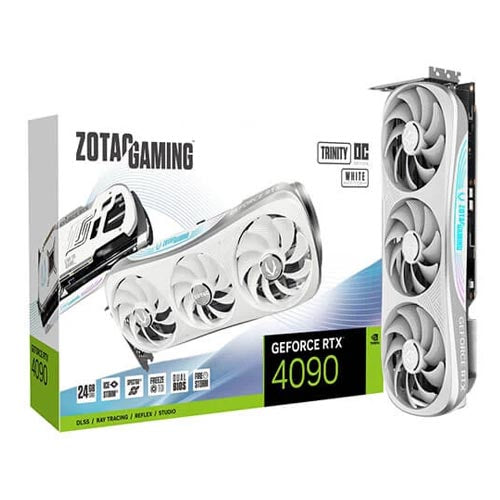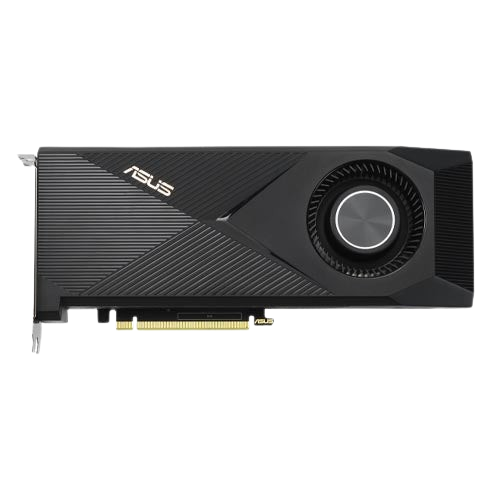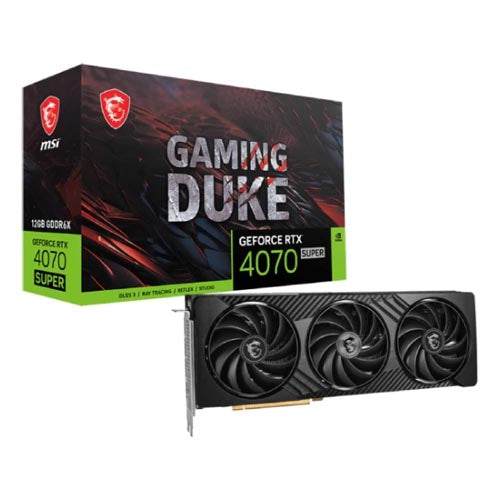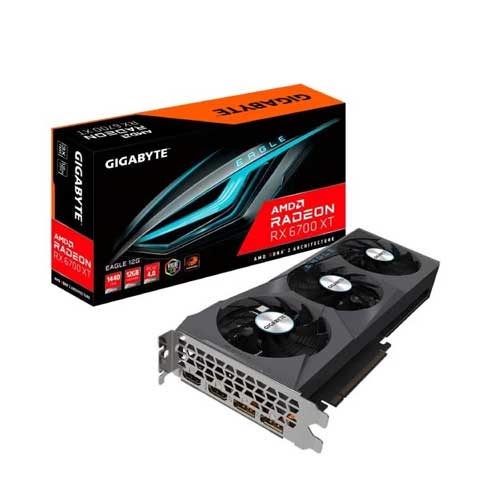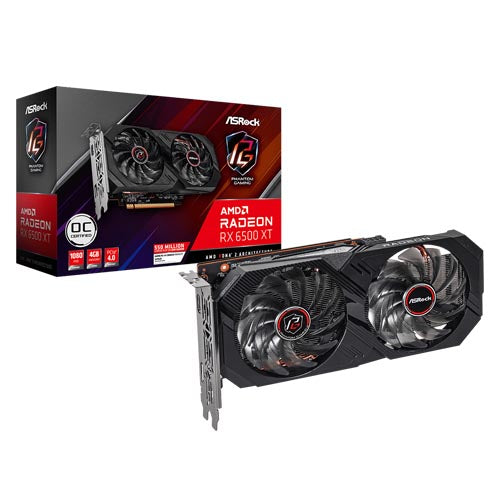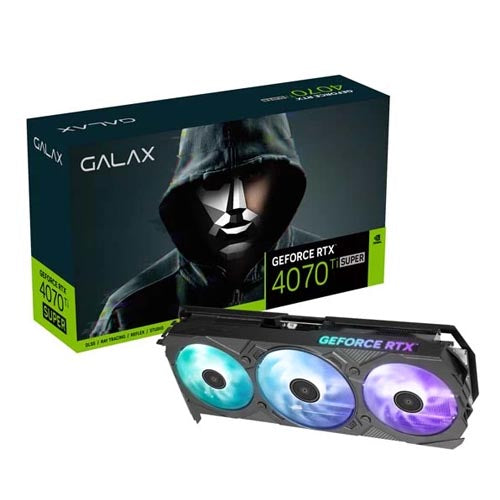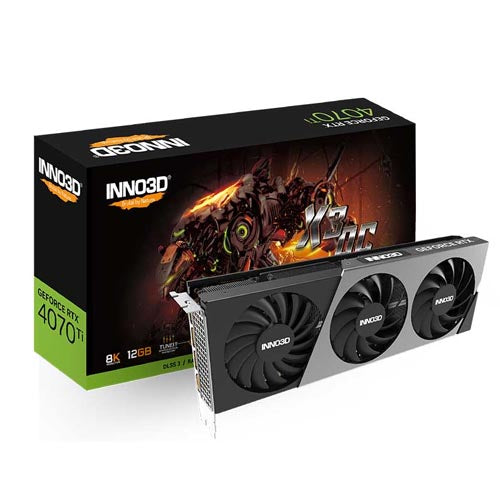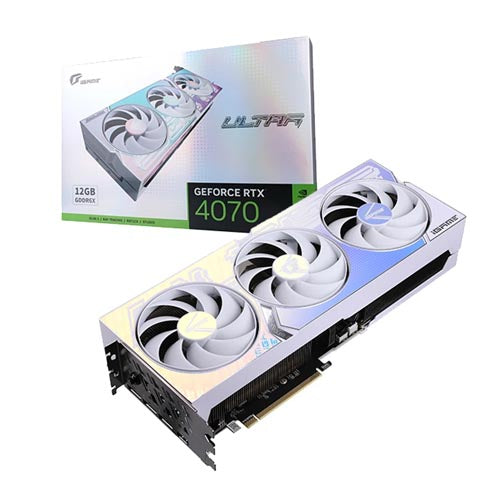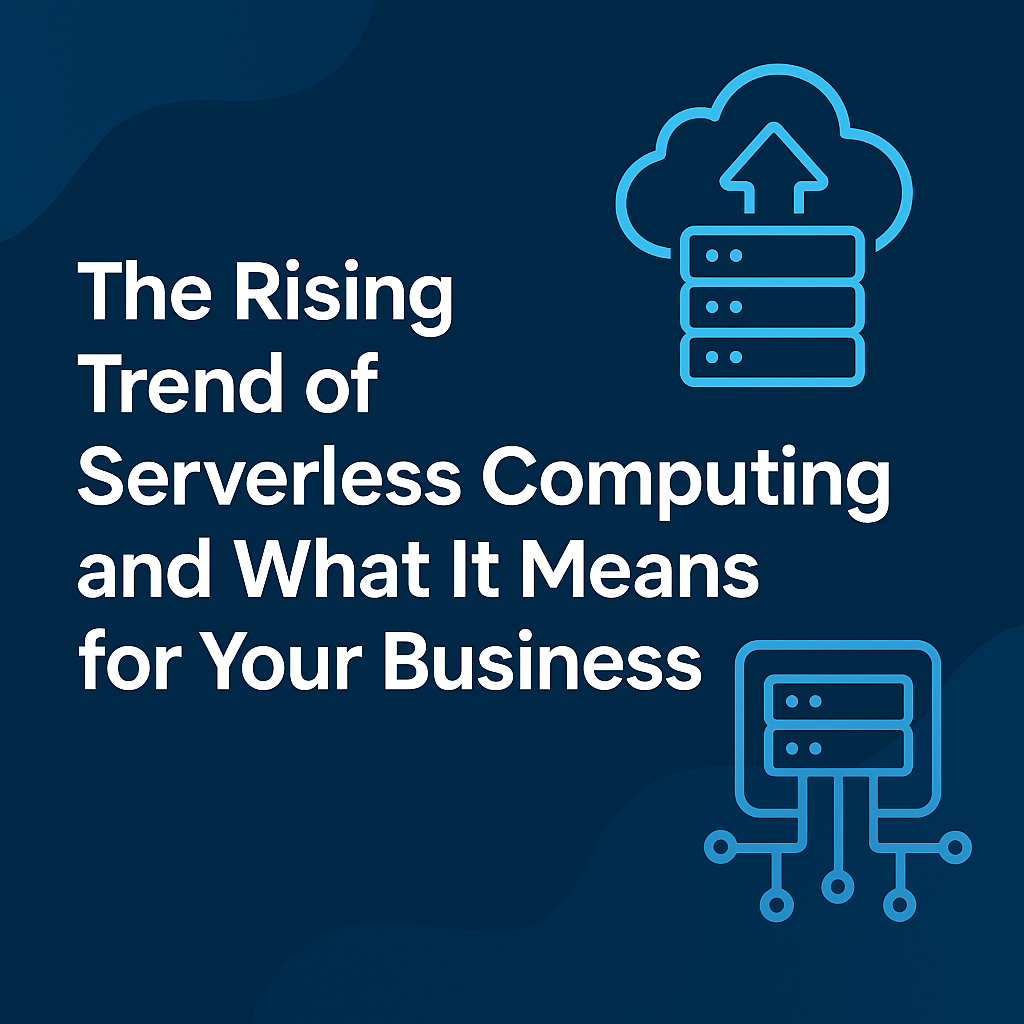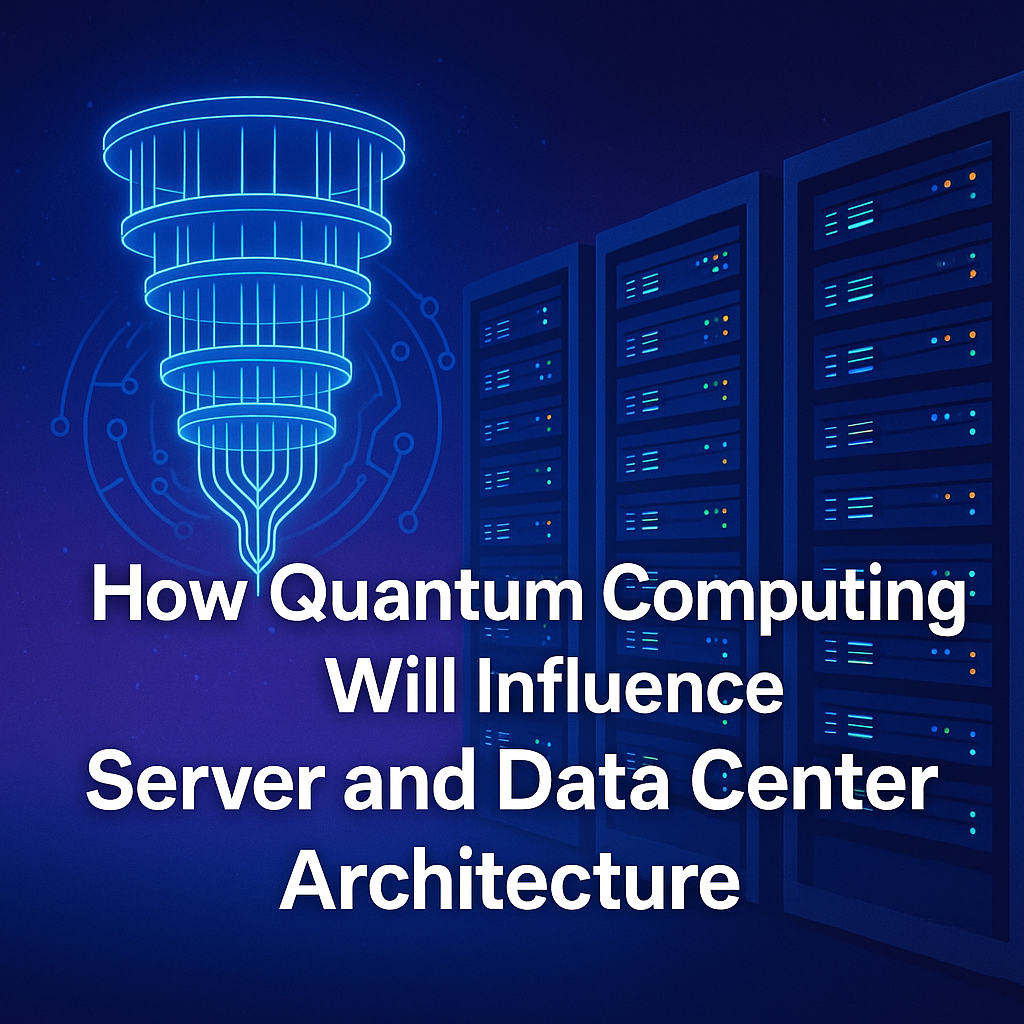
Why Server Evolution Matters More Than Ever
Despite the shift to cloud-native ecosystems, server infrastructure remains at the heart of digital transformation. Whether you're running on-premise hardware, leveraging hybrid cloud models, or deploying to the edge, servers form the critical foundation of computing power, storage, and network availability.
With the explosion in AI workloads, real-time data processing, IoT, and global collaboration, the next generation of servers must not only be powerful but intelligent, modular, and sustainable. Businesses that understand these emerging trends will be better positioned to lead in agility, efficiency, and innovation.
AI-Native Servers Are Becoming the Standard
As artificial intelligence becomes integral to everything from product recommendations to fraud detection, server architecture is being redesigned around AI performance.
These AI-native servers integrate GPUs, TPUs, and even custom silicon to handle compute-heavy tasks like machine learning model training and inference. The focus is on:
-
-
Parallel data processing: For handling image recognition, NLP, and recommendation engines.
-
Increased memory bandwidth: To support large parameter models and fast training cycles.
-
Low-latency interconnects: Like NVIDIA NVLink and AMD Infinity Fabric for GPU-GPU communication.
-
Business Impact: Companies building AI products, chatbots, or predictive analytics pipelines need to adopt AI-optimized hardware to stay competitive and reduce training time drastically.
SmartNICs and DPUs Are Rewriting Networking Rules
Traditional NICs are being replaced by SmartNICs and DPUs (Data Processing Units) that offload tasks like:
-
-
Network packet processing
-
TLS/SSL encryption
-
Storage virtualization
-
Firewall enforcement
-

This allows your CPU to focus purely on application performance. DPUs, like NVIDIA BlueField, effectively act as mini-computers dedicated to infrastructure management.
Why This Matters: In multi-tenant environments like private clouds or large enterprises, SmartNICs ensure high performance, isolation, and lower latency — without sacrificing security or efficiency.
Liquid Cooling Is the Future of Thermal Management
With rising core counts and component density, air cooling is hitting its limits. Liquid cooling — once niche — is now being adopted in mainstream data centers.
Modern designs include:
-
-
Cold plates directly on CPUs/GPUs
-
Rear-door heat exchangers
-
Immersion cooling for full server racks
-
This technology enhances thermal efficiency, reduces electricity usage, and supports higher-density deployments, making it ideal for AI and HPC workloads.
Why It’s Important: Businesses operating high-density servers can reduce cooling costs and extend hardware life, making it a win both for sustainability and performance.
Edge Servers Are Critical for Real-Time Processing
As IoT and 5G networks expand, compute is moving closer to where data is generated. Edge computing requires smaller, rugged servers capable of:
-
-
Running AI inference in milliseconds
-
Processing data without cloud latency
-
Operating in remote, industrial, or mobile environments
-
Edge servers are ideal for:
-
-
Smart factories and robotics
-
Telemedicine platforms
-
Retail inventory tracking
-
Autonomous vehicles
-
Strategic Advantage: Companies embracing edge computing gain real-time decision-making power and reduce bandwidth and cloud costs.
Security-First Server Architecture
Modern servers embed security into hardware and firmware to guard against increasingly sophisticated attacks.
Key advancements include:
-
-
TPM 2.0 chips for secure boot and identity
-
Hardware-based full disk encryption
-
BIOS tamper detection and rollback protection
-
Firmware signing and validation
-

Coupled with zero-trust networking, future-ready servers give businesses a defensible security posture, especially important in finance, healthcare, and public sector deployments.
Composable Infrastructure and Software-Defined Everything
Composable infrastructure lets businesses dynamically allocate compute, storage, and networking based on workload demands.
Technologies like:
-
-
NVMe-over-Fabrics
-
Redfish APIs
-
HPE Synergy / Dell MX
-
...are enabling data centers to become as flexible as the cloud, even when hosted on-premise.
Use Case: Enterprises can spin up environments for dev, test, and prod in minutes without needing separate physical servers — improving agility and resource efficiency.
Monitoring, Observability, and Predictive Analytics
Future-ready servers don’t just run workloads — they analyze themselves. Expect built-in:
-
-
Telemetry reporting for CPU, memory, I/O
-
Predictive failure analysis using ML
-
Live patching and automated updates
-
Tools like Prometheus, Grafana, Zabbix, and AI-powered observability platforms are key to keeping complex server environments healthy without human intervention.
Hybrid-Cloud Optimization at Hardware Level
With the hybrid cloud model becoming the norm, future servers are designed to sync seamlessly with AWS, Azure, and Google Cloud. Features include:
-
-
Built-in API integrations
-
Unified control planes for multi-cloud orchestration
-
Support for containers, Kubernetes, and OpenShift
-
For CTOs: This means better governance, faster deployment pipelines, and easy failover across on-prem and cloud infrastructure — without changing hardware.
Sustainability and Power Efficiency Are Now Core Requirements
As energy costs rise and environmental scrutiny increases, modern servers are focusing on:
-
-
ARM-based CPUs for higher performance-per-watt
-
Smart power supplies and PSU efficiency
-
eWaste recycling programs
-
Dynamic power scaling (DVFS) to optimize consumption
-
Companies are now including sustainability metrics in procurement decisions. Choosing greener server options reduces OpEx and strengthens ESG credentials.
Quantum & Neuromorphic Integration: The Long View
While still experimental, future server racks may include quantum co-processors or neuromorphic chips to handle hyper-specific workloads:
-
-
Quantum for cryptography, simulation, and optimization problems.
-
Neuromorphic for AI with ultra-low power consumption.
-

Forward-Thinking Insight: Enterprises in biotech, finance, and aerospace should begin exploring vendor partnerships with companies like IBM Quantum, Intel Neuromorphic Labs, and Microsoft Azure Quantum.
Summary: Key Business Takeaways
-
-
Don't think of servers as static boxes—they’re evolving smart platforms.
-
Invest in AI-ready, edge-capable, and secure-by-design hardware.
-
Plan for flexibility—opt for composable infrastructure and hybrid compatibility.
-
Prioritize power efficiency, cooling innovation, and observability.
-
Stay informed—quantum and neuromorphic computing may reshape your industry.
-
Conclusion
The future of server technology is not one-size-fits-all—it’s dynamic, integrated, and responsive to rapidly shifting business needs. As you prepare for the next wave of digital transformation, your choice of server infrastructure can become your most strategic differentiator.
By understanding these trends and investing accordingly, your business can ensure it's ready to process more, scale faster, stay secure, and innovate with confidence.
“Tomorrow’s technology leaders are making today’s infrastructure choices.”
